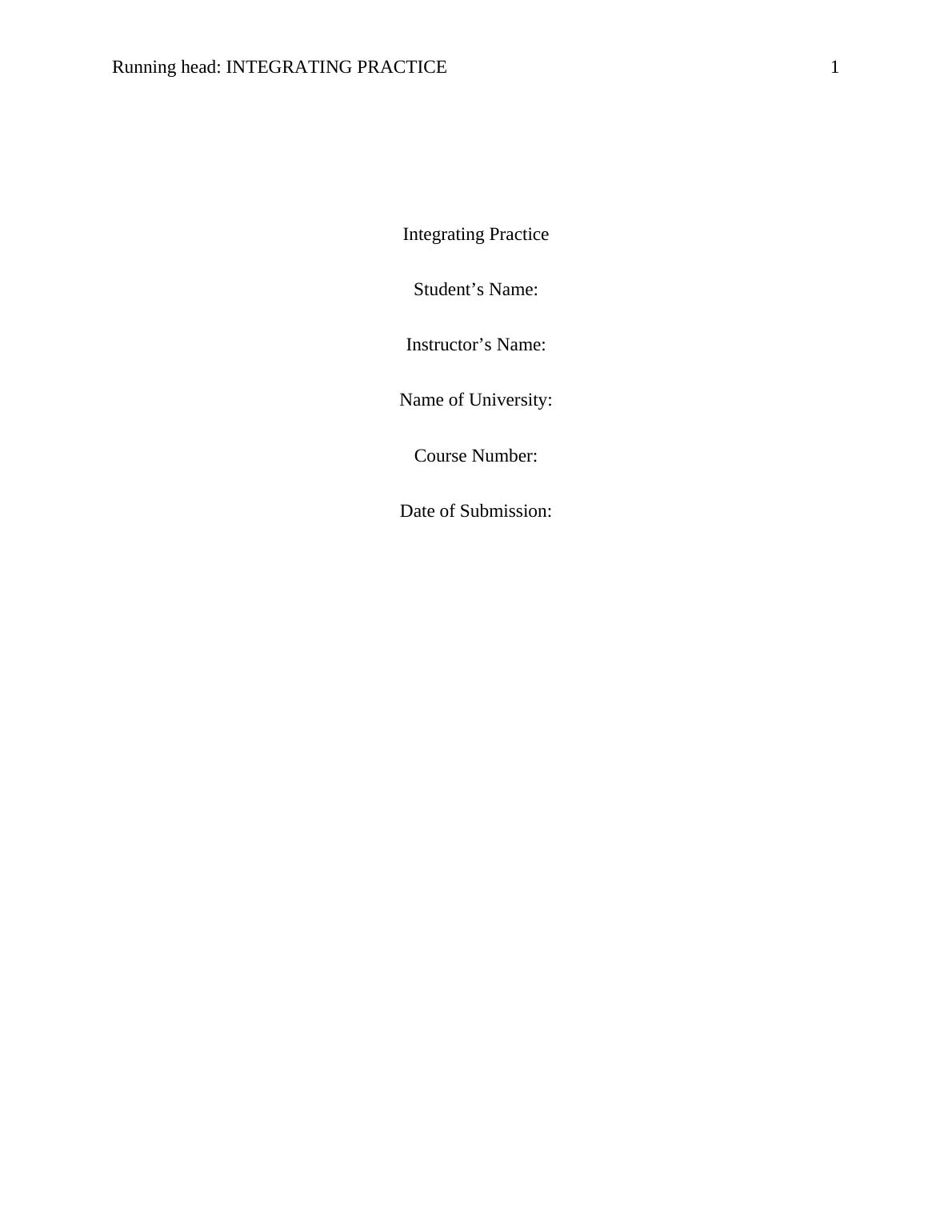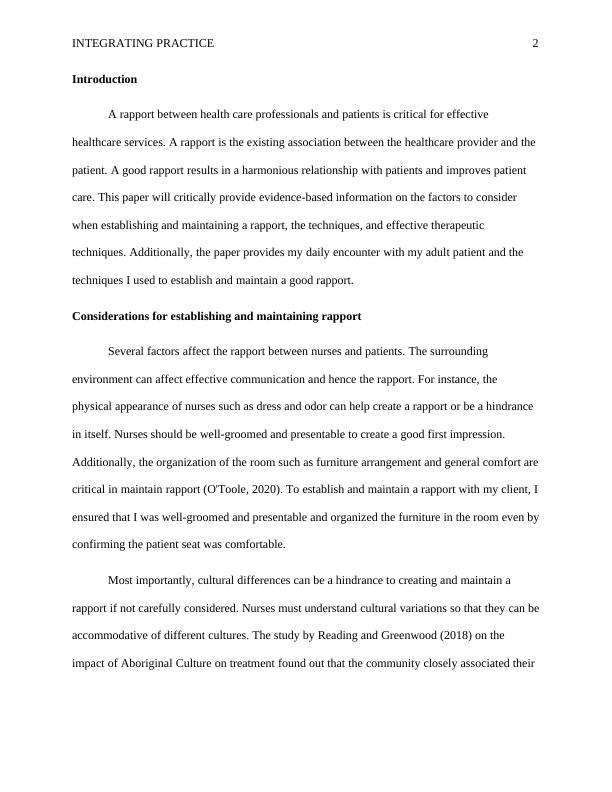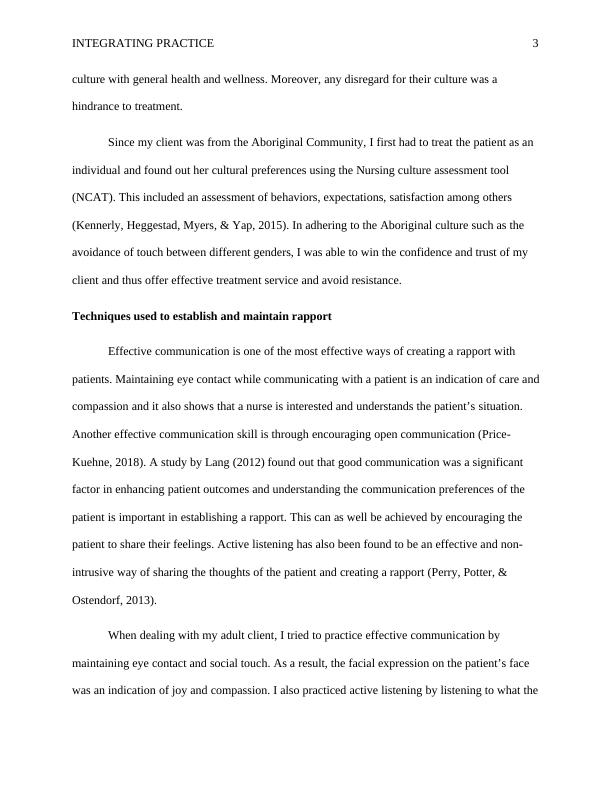Integrating new practices: a qualitative study
This guide provides instructions for NRSG139 Assessment Task 1, which is a first semester assignment for students new to tertiary studies. It explains the differences between writing at secondary and tertiary levels, emphasizes the importance of referencing, and provides a step-by-step approach and plan for addressing the criteria of the rubric.
Added on 2022-08-24
Integrating new practices: a qualitative study
This guide provides instructions for NRSG139 Assessment Task 1, which is a first semester assignment for students new to tertiary studies. It explains the differences between writing at secondary and tertiary levels, emphasizes the importance of referencing, and provides a step-by-step approach and plan for addressing the criteria of the rubric.
Added on 2022-08-24
End of preview
Want to access all the pages? Upload your documents or become a member.



